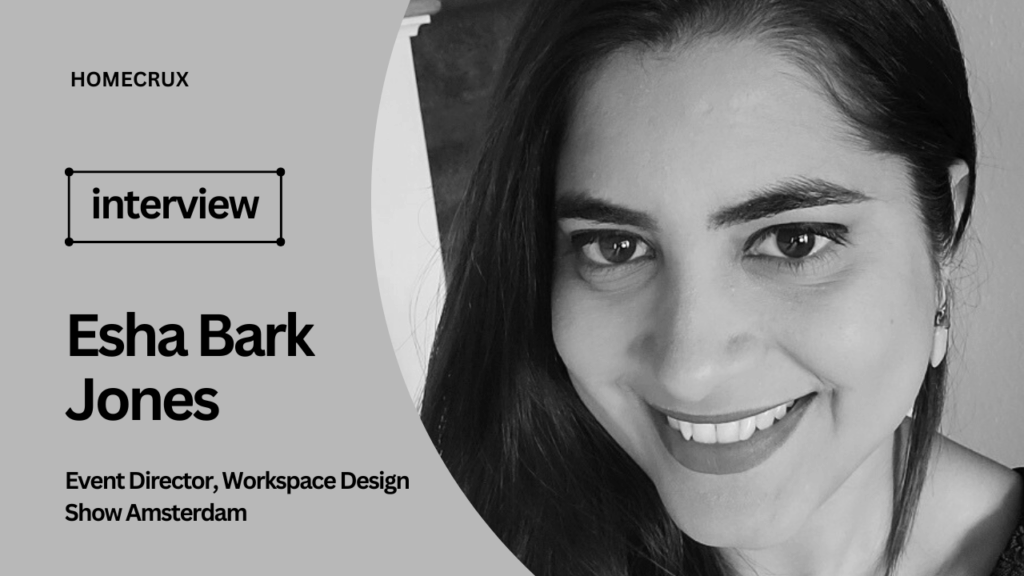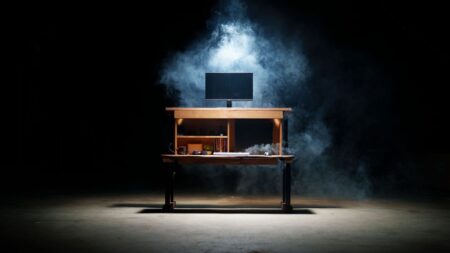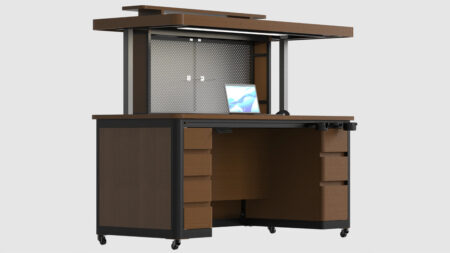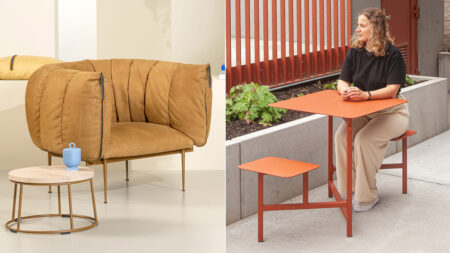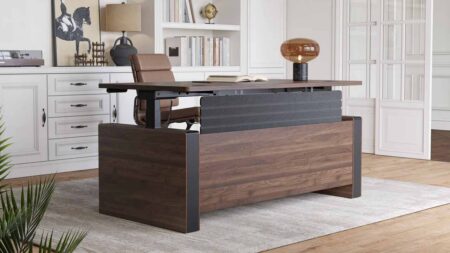The workplace landscape is changing rapidly. Innovative work practices and emerging job roles are driving changes in the environments built to support them. Consequently, the office furniture sector holds key strategic value through this ongoing evolution. The Workspace Design Show Amsterdam edition, slated to take place on November 5-6, 2025, in Hall 5 at RAI, Netherlands, aims to highlight these changes.
The event draws leading regional architects, designers, consultants, coworking operators, and fit-out specialists. This gathering also unites companies reshaping office interiors, where every exhibitor focuses on converting conventional workplaces into adaptable and motivating hubs that boost personal productivity and spark teamwork. Homecrux connected with Esha Bark-Jones, the Event Director, to gain her insights on the 2025 Workspace Design Show and how this edition aligns with or addresses wider trends in the industry.
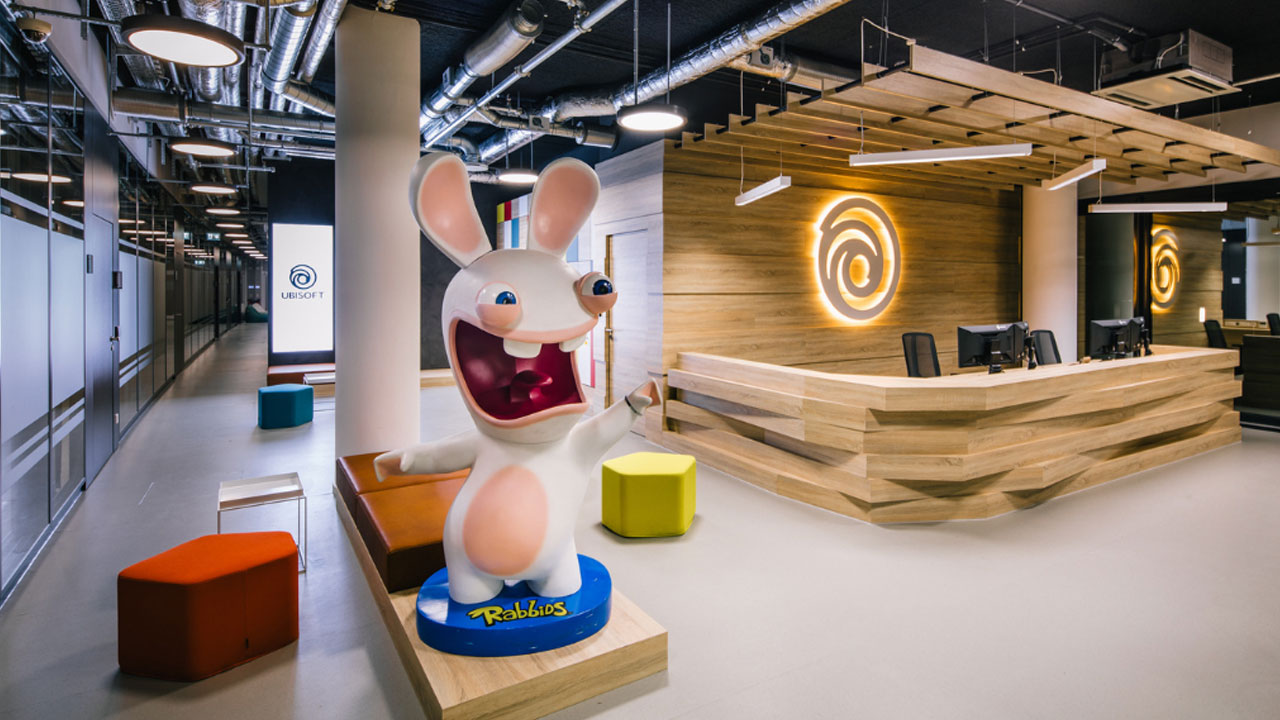
Homecrux (HC): How would you describe the vision behind the 2025 edition of the Workspace Design Show? What new direction or message did you want this year’s event to convey to the design community?
Esha Bark-Jones (EB): The 2025 edition of Workspace Design Show Amsterdam is built around the theme “Activate the Senses.” Our vision is to push beyond visual aesthetics and explore how multi-sensory design can transform the way we feel and perform at work. We want visitors to experience design in a more human, emotional way, to see, touch, and sense how workplaces can enhance wellbeing, creativity, and connection.
HC: The workplace design landscape is evolving rapidly with hybrid models, wellbeing, and sustainability shaping the conversation. How did this year’s show reflect or respond to those broader industry shifts?
EB: The show very much mirrors the changes happening in our industry. Every element, from the exhibitor mix to the conference content, reflect how design now needs to support flexibility, wellbeing, and environmental responsibility. Discussions around hybrid work, neurodiversity, and ESG strategy are going to be central to the programme, while exhibitors present adaptable, sustainable solutions that align with workplace design trends.
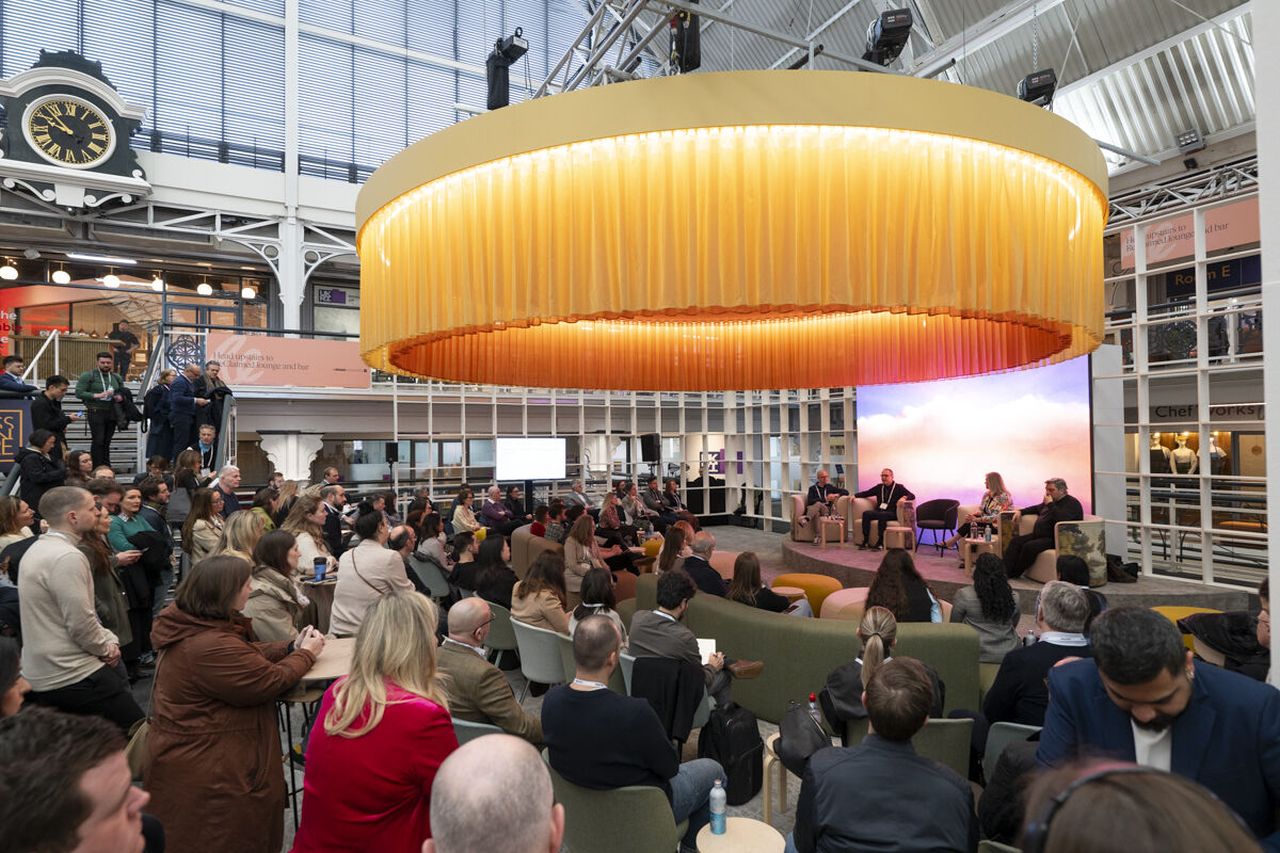
HC: Every edition brings a defining theme or highlight. What would you say was the central focus or standout feature that set the 2025 edition apart from previous years?
EB: Without a doubt, the multi-sensory installations and the exhibitor content are going to be the defining feature of this edition. Each curated space, whether it’s the Radiance Lounge by M Moser, the Mood Board Contest by Biophilic Design Academy, Workspace Design Talks Lounge by UNS, Occupiers Forum Space by Casper Schwarz or the Workplace Experience Lounge by Mecanoo or the exhibitor stands, translate the “Activate the Senses” theme into a tangible, emotional experience. It gives visitors a chance to feel what workplace design could be.
HC: From a curatorial perspective, what went into selecting the exhibitors, installations, and speaker sessions this year? Were there any emerging voices or brands you were particularly excited to feature?
EB: Our curatorial process always aims to strike a balance between established leaders and fresh voices. This year, we spotlight a range of Dutch and European studios exploring material innovation, circular design, and social impact. The speaker line-up reflects the same diversity with major firms like UNS, OMA, MVRDV, Gensler, Amazon, Arcadis, Booking.com, Adidas, ABN AMRO alongside next-generation designers and strategists who are redefining how workplaces are imagined.
HC: Events like this depend heavily on engagement and experience. What steps did you take to make the 2025 show more interactive, immersive, or valuable for both visitors and exhibitors?
EB: Engagement is a key focus this year. We reimagined the layout to encourage exploration and discovery, added more experiential installations, and designed the Talks Lounges to feel open and conversational rather than formal. We also worked closely with exhibitors to help them create more interactive stand experiences from tactile product showcases to live demonstrations and sensory activations.
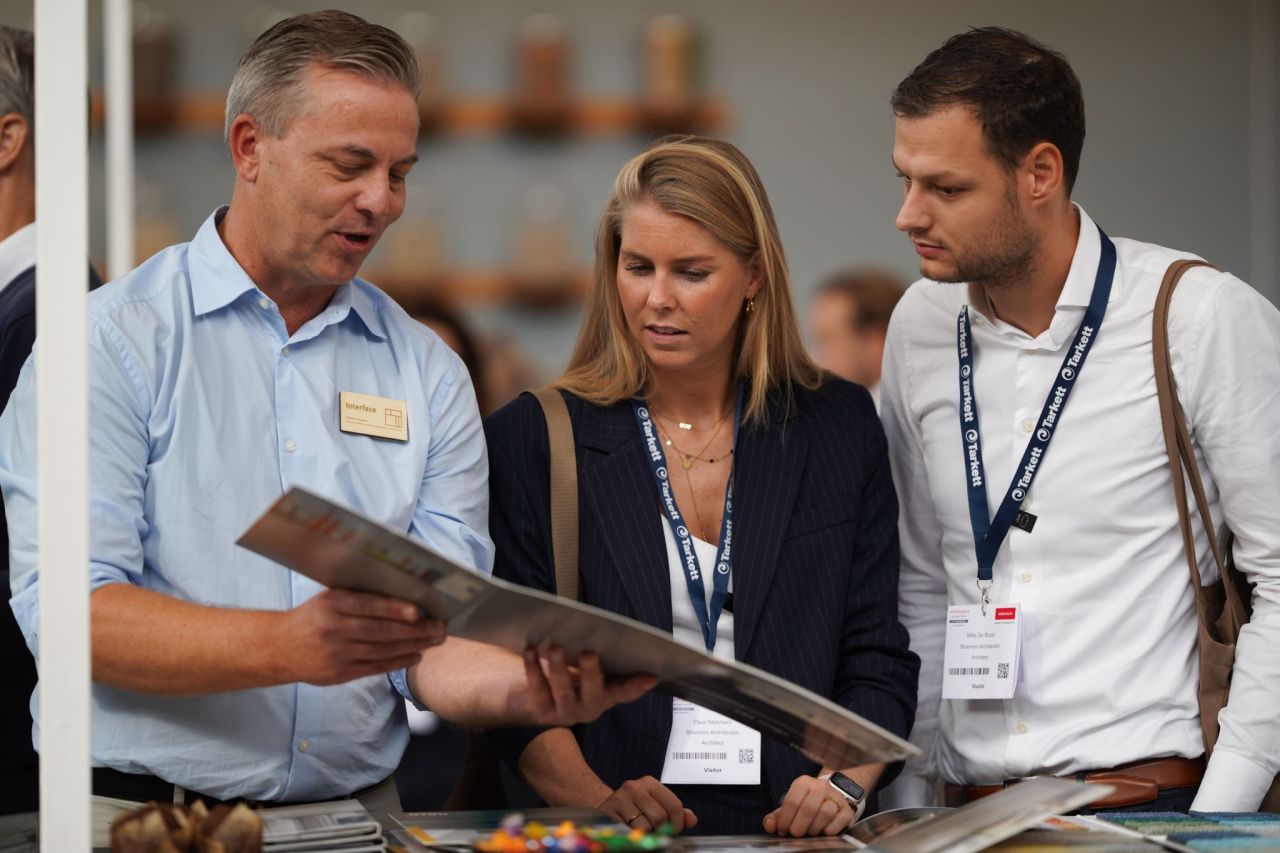
HC: The event industry has seen its own transformation post-pandemic. What were some of the key operational challenges or innovations that helped deliver this year’s show successfully?
EB: Operationally, we focused on efficiency and visitor experience. We enhanced our digital systems from online registration to onsite navigation to make every step seamless. Collaboration with RAI Amsterdam is crucial in ensuring smooth visitor flow. Like most post-pandemic events, agility is key, being able to adapt quickly and communicate clearly across teams and suppliers.
HC: Sustainability and responsible design are increasingly central to workspace discussions. How did the 2025 edition address these issues through its exhibitors, materials, or programming?
EB: Sustainability has been woven into the DNA of this year’s show. Many exhibitors will showcase products made from recycled, renewable, or circular materials. Our content programme features sessions on net-zero design, green building standards, and ESG integration. We also implemented conscious event practices such as reducing printed materials, encouraging stand reuse, and working with suppliers committed to sustainable production.

HC: Visitor experience is a strong indicator of success. What kind of feedback did you receive from attendees and industry partners about this year’s show?
EB: The feedback has been incredibly positive. Visitors are getting ready to experience the show. Many have already shared how they are looking forward to see the sensory theme come to life through every detail, from the installations to the talks.
HC: Looking ahead, how do you see the Workspace Design Show evolving over the next few years? Are there new themes or directions already taking shape for 2026 and beyond?
EB: The next phase for us is about exploring how the digital and physical worlds merge to shape the future of work. Our upcoming themes will look at how AI, virtual collaboration, and sensory design intersect to create more connected, human-centred environments. Both our Amsterdam and London editions will continue to build on that narrative, each offering unique regional perspectives.

HC: Finally, on a personal note, what has been the most rewarding aspect of directing an event that brings together the future of workplace design under one roof?
EB: For me, it’s the moment when everything comes to life. When you see designers, architects, and brands connecting, learning, and sharing ideas that will genuinely influence the workplaces of tomorrow. There’s a special energy in watching people walk through an event, experience something unexpected, and leave inspired. That’s what makes all the effort worthwhile.
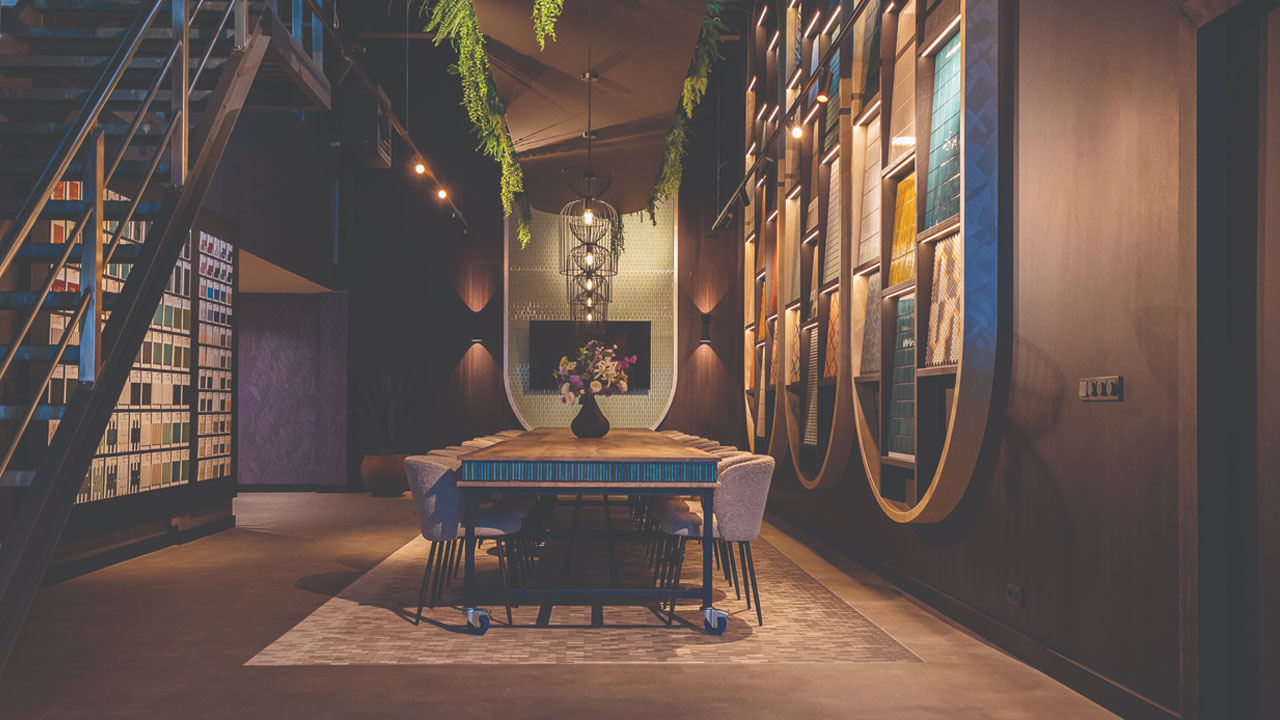
Homecrux is the official media partner of Workspace Design Show Amsterdam 2025.
Follow Homecrux on Google News!
